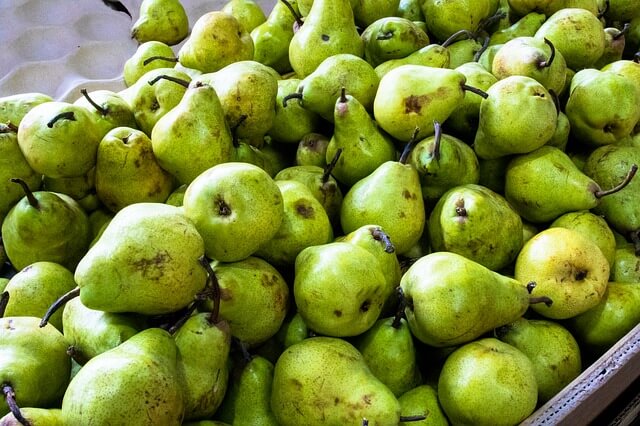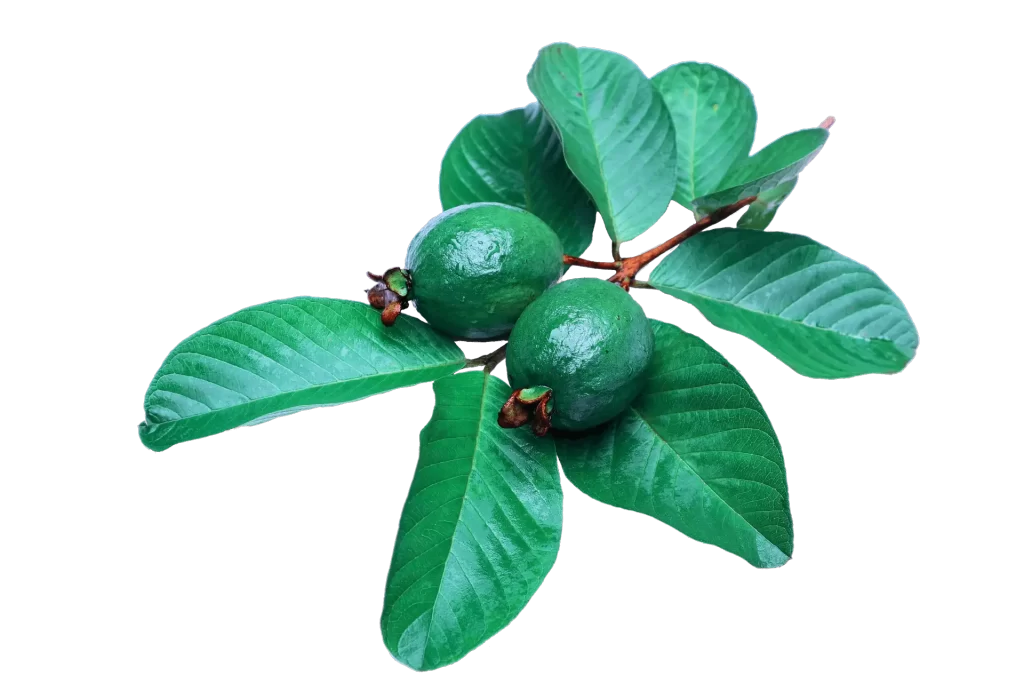In this article, you are to learn the habitat of guava plants, habits, and the modifications that favor its survival in that habitat.
What is Habitat?
Habitat can be described as a type of natural environment where a defined species of living things lives, find shelter, reproduce, and find protections.
The habitat of an organism can be influenced by two important factors: Biotic and Abiotic factors. The Biotic factors include food, water, and the presence or absence of predators.
While the abiotic factors that influence habitat are soil moisture, soil texture, soil aeration, temperature changes, mean annual rainfall, and relative humidity, light intensity, and pressure.
Each living organism has its own definite survival range and habitat where they can live. Some organisms are tolerant while others have specific requirements.
Description of Guava
Guava is scientifically known as Psidium guajava. It is one of the diverse group of plants in the Myrtaceae, which is widely cultivated in both tropical and non-tropical regions.

Just like its other relatives of the same family, guava plant has developed numerous modifications and adaptive changes, which gave guava an added advantage for survival over plants.
Modification
The adpative changes that allow guava to survive as follow:
- Development of pleasant nectar that attract insects , which helps in cross pllination
- Production of edibel fleshy fruits, which aid in seeds dispersal
- Well developed leaf surface area for photosynthesis
- Possession of well developed xylem and phloem for food and water transportation
- Well developed modified roots for water absorption and storage
- Guava posses a greenish trunk effective for food synthesis and storage
Habitat of Guava
The place where guava originated is not clear, but it is known from Tropical and Non-tropical Americas. It was believed to be common tropical and Non-tropical fruits, where the plant is grown in regions like Mexico, Central America, North and South Americas.
Altitude of Guava
The height of the region where guava inhabitated is found to be within the range 1400-2500m with complete sunlight.
Temperature
Guava requires an average temperature, where guava grows optimally is between the range of 20-30 degrees Celcius (68-86 Fahrenheit).
Rainfall
Guava requires an annual rainfall of 1000-2000m. The rainfall should be uniform.
Habit of Guava
Thought guava grows well at an average altitude of 2500m alongside full sunlight. It was found that the plant can also tolerate partial sunlight.
Guava also requires an average rainfall of 1000mm-2000mm but because of the well-developed root system. It can also tolerate low rainfall. This is an exceptional feature of some plants to survive in a shortage of rainfall. The ability of plants to adapt to such conditions is called drought tolerant.
Guava tree grows in a semi-saline water that has a good drainage system.
The temperature in which guava grows well is over 15-degree Celcius or 59 Fahrenheit. It is also found to survive slightly below the freezing point temperature.
However, some of the guava plants that survive under this temperature were found to loose foliage and some fruit quality.
Invasiveness
The reason for the placement of guava trees in Tropical Americas is that it was in those areas for years and dominantly growing in those areas.
As described by the Agroforestry Center in 2002 ref1, the original habitat of guava is Savannah, shrub ecotones, or frequently disturbed land. However, several studies have highlighted that the origin of guava is unknown.
The exotic range of this plant is tropical forests, however it was also found to invade forests edges, riparian habitat, pastures and grassland. It was also found to invade Sauth African Sannah and roadsides. And in florida, it was found to invade hammocks, pinelands and under cypress.
Frequently Asked questions
Where does guava grow?
Guava commonly grows in tropical and subtropical America. However, it is also not uncommon to see guava growing in grassland and riparian areas. It is scientifically called Psidium guajava and commonly called common guava and lemon guava.
What is the local name of guava?
Common names of guava include tropical guava, lemon guava, yellow guava, and common guava.
What are the varieties of guava?
- Chinese guava
- Indian white guava
- Mexican white guava
- Honk kong pink guava
- Homestead guava
- Red indian guava
- Mexican cream
- Detwiler
- Sweet white indonesian
Which vitamin is present in guava?
Guava fruit is a powerhouse of many essential nutrients, minerals, and polyphenols. It is rich in vitamins A and C.
Can we eat guava daily?
Why not?
Eating guava is always encourage because the guava fruit is a reservoir of folate, potassium, vitamins, polyphenols, and carotene.
More imporantly guava contains less calories and more fibers.
All of these nutrients and phytochemicals improve weight loss, heart diseases, and bowel syndrome.
Which guava is best?
The best guava to be grown in tropical guava, which is widely cultivated and used. It is the common guava with the biggest fruit. The fruit contains the most juice. Guava yellow cherry is another guava fruit with a sweet taste.
What are the side effects of guava?
The common side effects of guava include:
- Allergic reaction
- Irritations
- Appendicitis when you constly swallow seeds
- Diarhea
- It is not recommended to be eaten prior to surgery
Can we drink water after eating guava?
Guava and other fruits are recommended to be taken on an empty stomach. And experts recommend drinking water at least an hour after eating fruits. This is recommended because drinking water immediately after food consumption dilutes the gastric juice and the digestive enzymes that are required for digestion.
What is the best time to eat guava?
Fruits are found to be properly absorbed on an empty stomach. And guava too as fruit can best be eaten on an empty stomach. Therefore, the best times for eating guava are early morning, snacking between two meals, and prior and after the workout.
Which guava is best red or white?
The white-fleshed variety of guava contains a high amount of tocopherols, while the red-fleshed variety contains tocopherol more than that of guava.
Do guava leaves reduce tummy?
In the first place, guava aids in bowel movement, and this helps in enzymes production, which prevents indigestion and increases cholesterol metabolism. And this, in turn, reduces tummy fat and size.
Can I drink boiled guava leaves?
The leaves are rich in important phytochemicals and essential oils, which are rich in antioxidants.
Drinking a tea of guava leaves is helpful in the management of cholesterol, diabetes, weight loss, cancer, and heart diseases.
Does guava leaf grow hair?
Guava leaves can be used as an anti-inflammatory, anti-microbial, and as antioxidants.
One of the common causes of hair loss is lack of proper blood flow, oxygen supply, stress, and infection.
All the above properties of guava can help improve the flow of blood and oxygen supply, reduce stress, and fight against infections.
Are guava leaves poisonous?
Guava leaves are not poisonous, however, some cases of toxicity were reported in mice and chronic toxicity in rats.
Reference
Díaz-de-Cerio E, Verardo V, Gómez-Caravaca AM, Fernández-Gutiérrez A, Segura-Carretero A. Health Effects of Psidium guajava L. Leaves: An Overview of the Last Decade. Int J Mol Sci. 2017;18(4):897. Published 2017 Apr 24.
Daswani PG, Gholkar MS, Birdi TJ. Psidium guajava: A Single Plant for Multiple Health Problems of Rural Indian Population. Pharmacogn Rev. 2017;11(22):167‐174.
Naseer, S., Hussain, S., Naeem, N. et al. The phytochemistry and medicinal value of Psidium guajava (guava). Clin Phytosci 4, 32 (2018).
Wikipedia contributors. (2020, May 11). Habitat. In Wikipedia, The Free Encyclopedia. Retrieved 04:52, May 13, 2020



